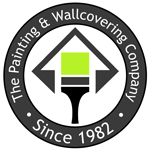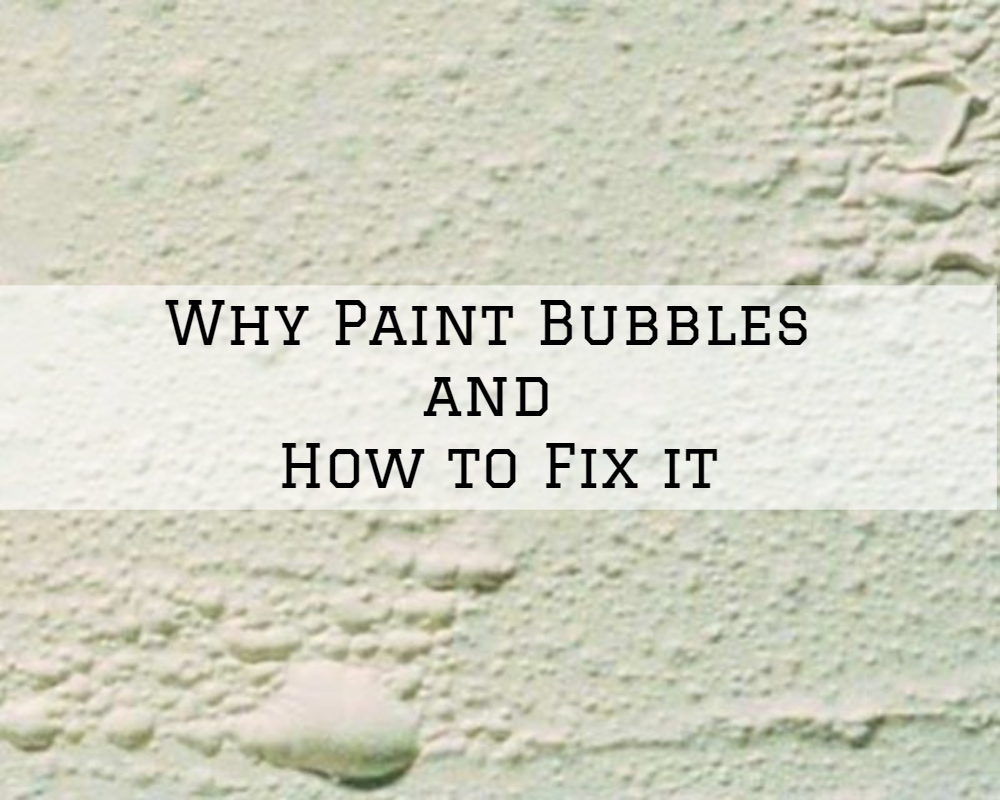Why Paint Bubbles and How to Fix it
Paint bubbles or blisters on walls are formed when there is a localized loss of adhesion of the paint to the underlying surface, such as drywall, plaster, or wood. In some cases, the top coat can strip away multiple layers of paint coats as it peels off the substrate.
Blistering can occur in both interior and exterior surfaces, although it is most likely to occur on exterior surfaces that experience the direct effects of the elements such as rain and sunlight.
Types of Paint Bubbles
There are two major types of bubbles
- Moisture Entrapment: Paint bubbles can form when the underlying substrate has a lot of moisture. During the day, the heat from the sun heats up the surface and the moisture turns into vapor. With no easy escape path, the vapor is entrapped, tries to rise and forms bubbles.
- Solvent Entrapment: This is very much like moisture entrapment, but in this case, the paint solvent evaporates and is entrapped within the thin film of paint, forming bubbles.
Causes and Fixes
Excessive Moisture in the Substrate
Excess moisture on your walls and other surfaces due to high humidity, water leaks or plumbing problems can cause bubbles to form. These bubbles can form anywhere —from the substrate layer to between coats of paints. It is therefore very important to eliminate any sources of excessive moisture that may contribute to the formation of paint bubbles, especially in kitchens and bathrooms, where liquids or cooking fumes are always present.
Reduce humidity by installing vents or exhaust fans before painting in significantly humid interiors. Keep fresh paint away from moisture, especially in bathrooms and kitchens until the paint has dried completely.
Surface Contamination
Dust, oil, water, joint compounds or any number of other contaminants, may be covering the wall, ceiling, and trim surfaces.
These contaminants reduce adherence to the surface. The moisture and solvents, when exposed to heat, evaporate and get trapped within the coat of paint and form bubbles, which show on the surface.
To prevent paint bubbles, Proper Surface Preparation is required: Remove all stains and dirt covering the wall you are working on. Scrape or sand down all surfaces, wash, and allow surfaces to dry before applying paint.
In the case of wood or any surface such as concrete that is seriously weathered, carefully sand the surface in order to expose a fresh surface, apply primer before painting over.
Dark Paint Color
Darker colors absorb more heat which could expand the surface below. This expansion and the subsequent contraction places a lot of stress on the film of paint which may start cracking or may start separating from the surface.
To minimize the heat content within the substrate, consider using a lighter color top coat paint which reflects more of the light and heat away, reducing the chance of heat buildup and the related problem of vapor entrapment.
Heat
Avoid painting in hot, humid conditions. Heat causes solvents and moisture in concrete, wood or dry walls to expand.
When the solvents and moisture expand, they form bubbles within the coat of paint. To avoid this from happening, make sure fresh paint is not exposed to excessive heat from heat-generating appliances or direct sunlight.
While painting, reduce the amount of direct sunlight by closing doors or drawing down blinds.
Avoiding heat will give the paint a chance to dry evenly and also prevent bubbles from forming within the coat of paint.
Seal with Primer-sealer
Painting a surface without sealing with a primer creates a lot of opportunities for all kinds of paint failure. A primer is an essentially sticky paint that adheres well to both the substrate and to the topcoat.
The topcoat adheres much better to the primer than to the bare surface and therefore makes it very unlikely to flake off or to bubble. Without a primer, porous substrates like drywall, wood or plaster absorb the resins and pigments found in paint, reducing its adherence to the surface and to subsequent coats.
To prevent blistering or bubbling, we recommend that all surfaces be prepared with paint primers and allowed to dry completely before applying any topcoat.
Bottom Line
The next time you see paint bubbling, you will at least have an idea of how they are formed and how to eliminate them or avoid their formation. Hiring a professional painting contractor for your painting needs can go a long way in eliminating and preventing paint blistering and many other forms of paint failure.

